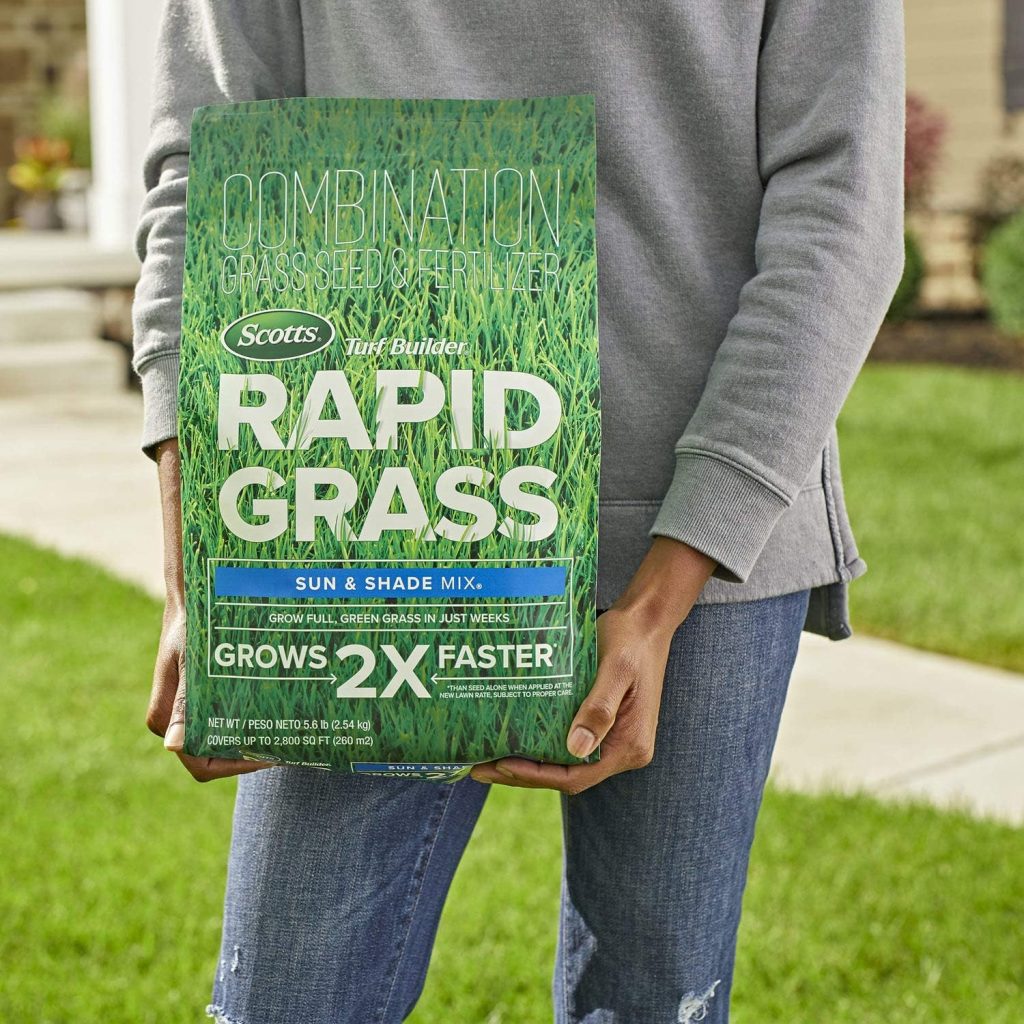Understanding the Importance of Proper Watering
Achieving a lush and healthy lawn begins with understanding the intricacies of watering. Watering too much or too little can severely impact grass health, resulting in a lackluster appearance. According to Forbes, the optimal time to water grass is between 5 a.m. and 10 a.m. This ensures that water absorbs efficiently, reducing evaporation under the rising sun. For the homeowner looking to maintain a green and vibrant lawn, adhering to these watering guidelines is essential.
The frequency and amount of watering depend on climate, soil type, and grass variety. Homeowners should aim to water their lawn deeply but infrequently, allowing the topsoil to dry out between sessions. This approach encourages deep root growth, making your lawn more resilient to drought and wear. Incorporating smart irrigation systems can provide more accurate control over watering schedules. Investing in such technology provides convenience and ensures lawn health.
Avoid watering during the heat of the day, as it can lead to quick evaporation and water waste. Additionally, watering in the evening may promote fungal growth due to prolonged dampness. Striking the balance with early morning watering helps minimize these risks. Moreover, collecting and utilizing rainwater for irrigation can be both environmentally friendly and economical. Adopting these watering practices will make your home lawn the envy of the neighborhood.
The Role of Mulching in Lawn Health
Another critical component of a vibrant lawn is effective mulching. This practice not only beautifies the garden but also supports soil health and plant growth. According to Home Depot, a mulch layer two to three inches thick is ideal, ensuring that water and air still reach plant roots. Mulching helps retain moisture, reducing the need for frequent watering, and regulates soil temperature. It provides a nutrient-rich environment as organic mulches decompose.
Choose mulch that complements your garden aesthetic while serving its purpose. Homeowners often opt for bark, wood chips, or grass clippings as mulch materials due to their accessibility and benefits. Replacing mulch every year will maintain its effectiveness and appearance. Furthermore, organic mulches can host beneficial microorganisms that enhance soil quality. These microorganisms play a crucial role in nutrient cycling and plant health.
Mulching also helps control weeds by limiting sunlight to weed seeds, preventing their growth. By suppressing weeds, mulching reduces competition for resources among plants, allowing your lawn and garden to thrive with minimal intervention. Properly applying mulch is a simple yet powerful step in creating a sustainable garden at home. Incorporating mulching into your lawn care routine can lead to significant improvements in garden vitality.

Managing Grass Growth for a Home Lawn
Finally, managing grass growth is essential for maintaining a well-manicured lawn. Without proper management, grass can quickly become overgrown, leading to a variety of problems. According to Garden Guides, grass typically grows at a rate of 2 to 6 inches per month. Regular mowing is required to keep this growth in check and to encourage a dense, healthy lawn. Homeowners should adjust their mowing schedule based on grass growth patterns and seasonal changes.
Cutting grass too short can stress the plant, while allowing it to grow too tall can lead to thatch buildup and pests. Setting your mower blades to remove only the top third of the grass blades can promote healthier growth. Additionally, maintaining sharp mower blades ensures clean cuts, reducing stress on the grass. Regularly alternating mowing patterns can also prevent soil compaction and improve grass health. Attention to these details will create a thriving, beautiful lawn.
Other growth management techniques, in addition to mowing, include aeration and overseeding. Aerating the lawn alleviates soil compaction, allowing roots to receive optimal oxygen and nutrients. Overseeding can help fill in bare spots and improve lawn density. Both practices enhance the lawn’s overall resilience and appearance. By properly managing grass growth, homeowners can enjoy a lush, green lawn all year long.



